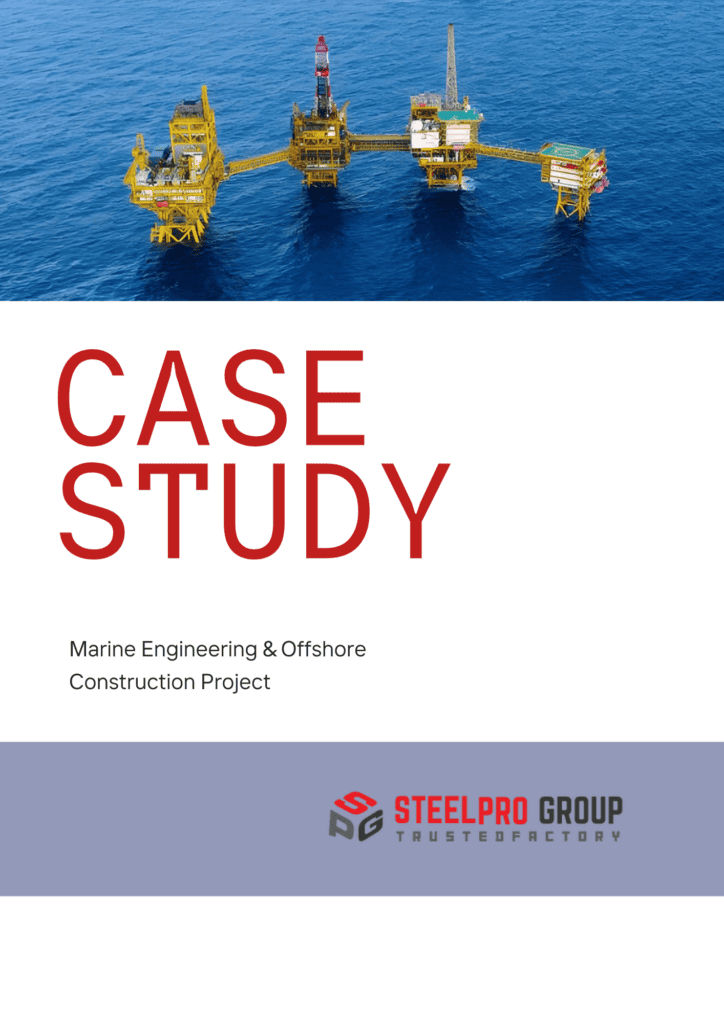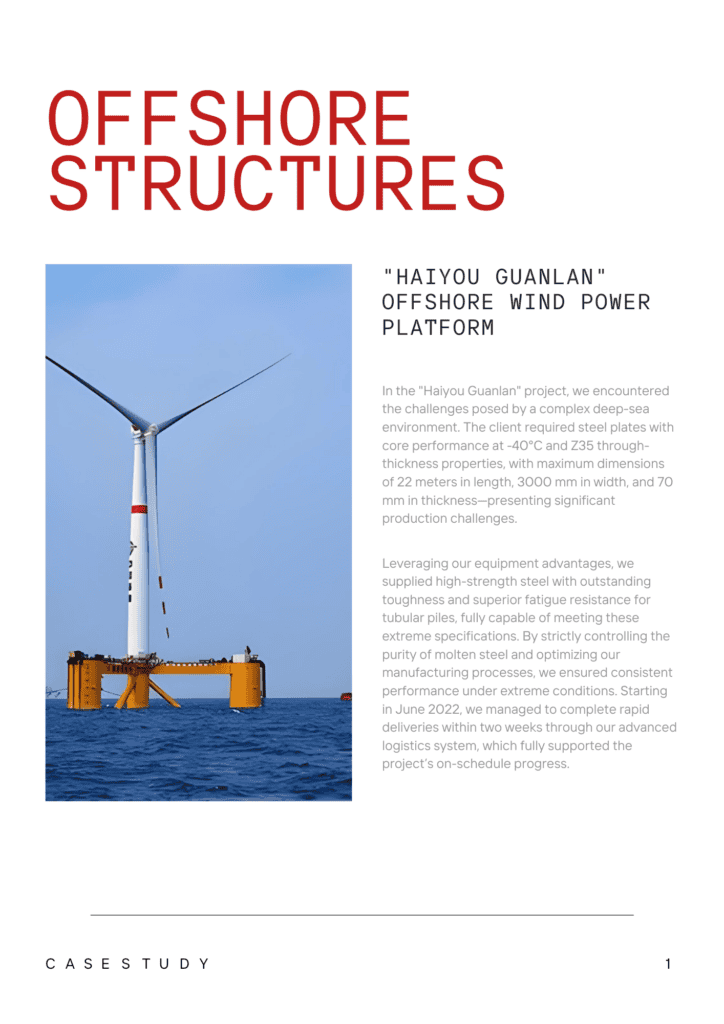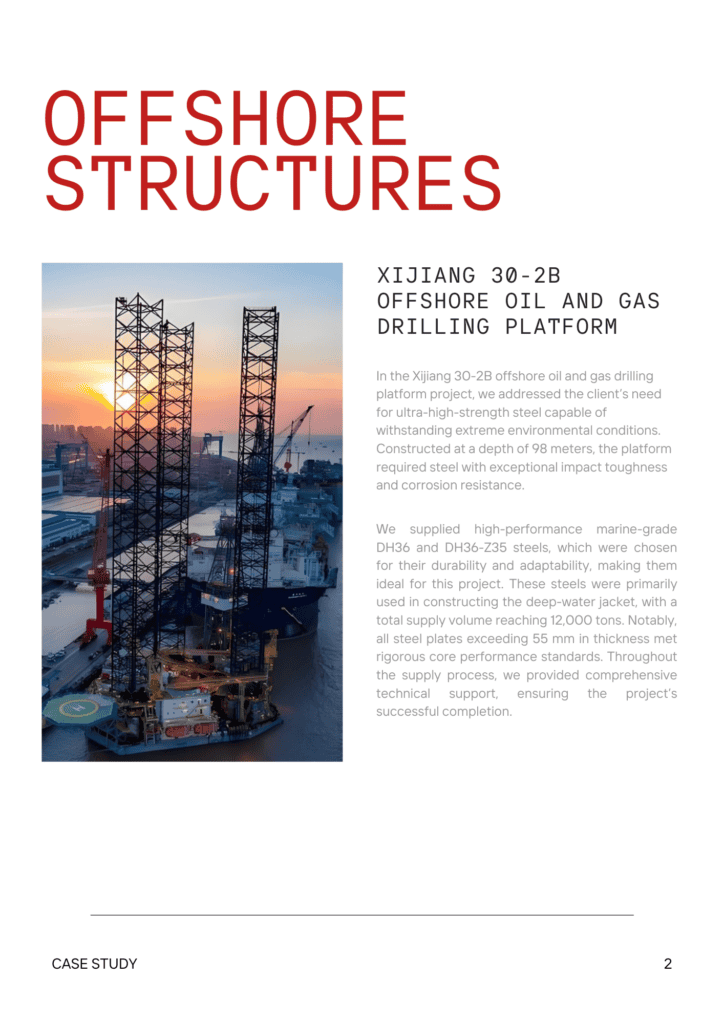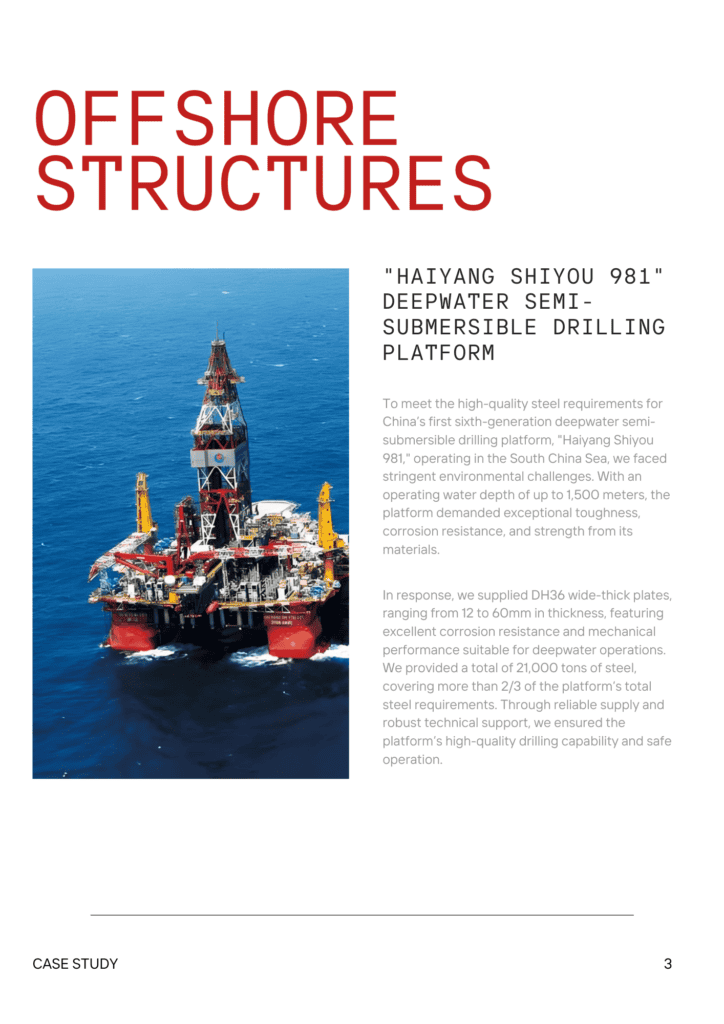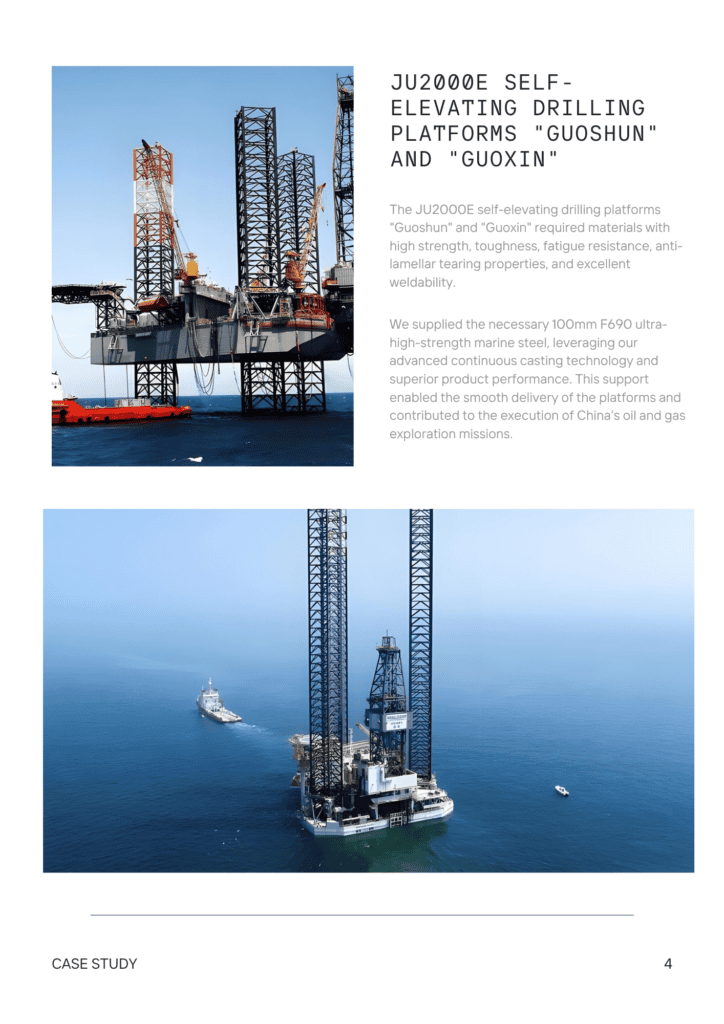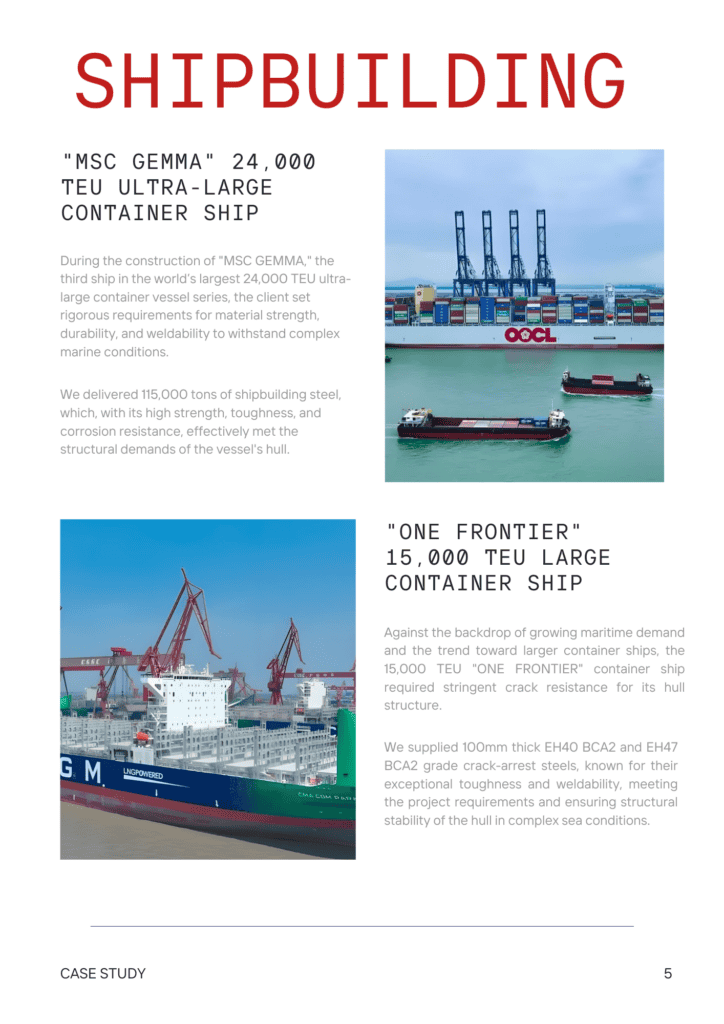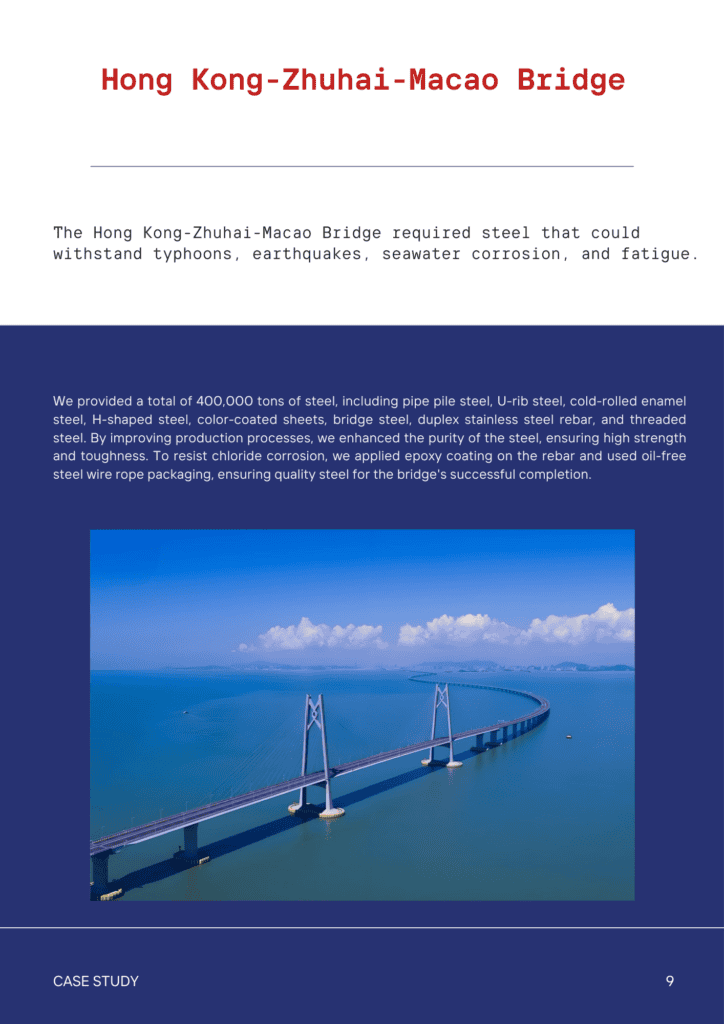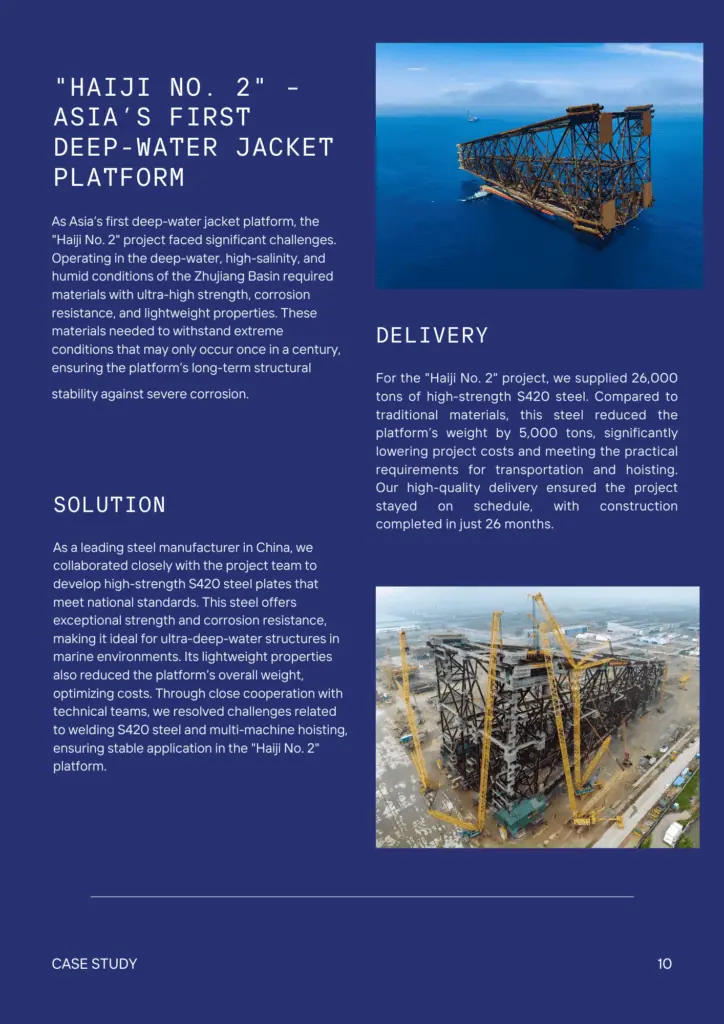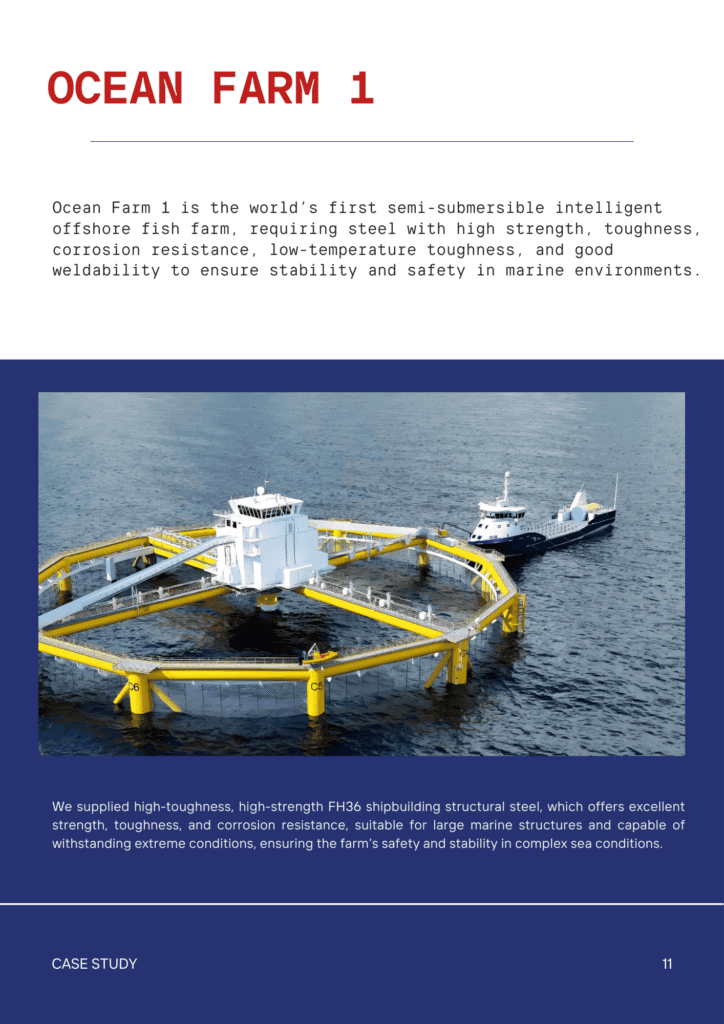Contents
304 vs 316 Stainless Steel: Composition, Property, Application, Cost, and More
- John
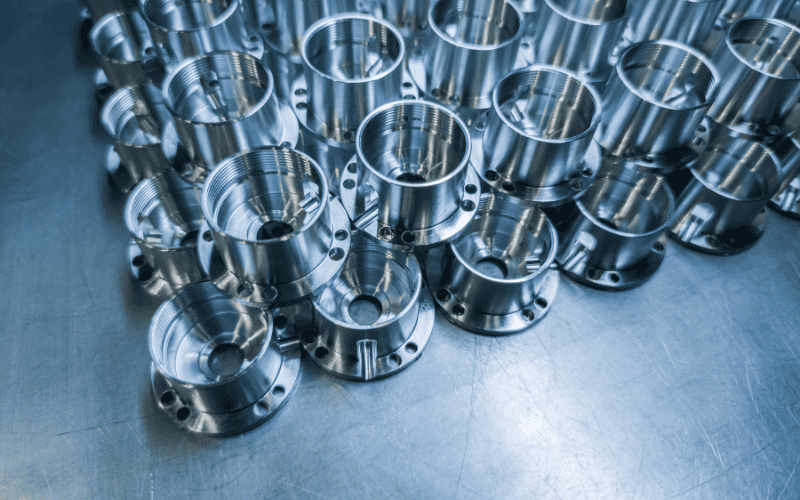
To help you easily understand the differences between 304 and 316 stainless steel, this article will primarily present the information in the table format. If you are unfamiliar with both materials, we also have detailed, complete blog posts available that provide in-depth information on each grade.
Chemical Composition of 304 vs 316 Stainless Steel
The biggest difference between 304 and 316 stainless steel in composition lies in nickel and molybdenum content. 316 contains more nickel with added molybdenum, which makes it more corrosion-resistant, particularly against chlorides and harsh environments.
| Element | 304 (Wt. %) | 316 (Wt. %) |
| Iron, Fe | Balance | Balance |
| Chromium, Cr | 18.0 – 20.0 | 16.0 – 18.0 |
| Nickel, Ni | 8.0 – 10.5 | 10.0 – 14.0 |
| Molybdenum, Mo | – | 2.0 – 3.0 |
| Manganese, Mn | ≤ 2.0 | ≤ 2.0 |
| Carbon, C | ≤ 0.08 | ≤ 0.08 |
| Silicon, Si | ≤ 1.0 | ≤ 1.0 |
| Phosphorus, P | ≤ 0.045 | ≤ 0.045 |
| Sulfur, S | ≤ 0.03 | ≤ 0.03 |
Property Difference Between 304 vs 316 Stainless Steel
304 and 316 stainless steel share very similar properties, such as ductility, malleability, and formability. They are typically not decisive factors when comparing the two materials. The biggest property difference between 304 and 316 stainless steel is corrosion resistance.
Check the table below for a quick comparison of the properties between them:
| Property | 304 | 316 |
| Corrosion Resistance | Good, but vulnerable to chloride environments (e.g., saltwater) | Superior, especially against chlorides and other chemicals |
| Heat Resistance | Good | Better |
| Strength | Strong | Slightly stronger at high temperatures and in corrosive environments |
| Hardness | Medium | Slightly higher |
| Toughness | Excellent | Slightly better in harsh conditions |
| Weldability | Excellent; post-weld annealing typically not required | Good; post-weld annealing required for maximum corrosion resistance |
| Machinability | Good | Lower |
Corrosion Resistance
316 stainless steel has better corrosion resistance than 304 stainless steel because of higher nickel content and added molybdenum. See what corrosive chemicals they can resist:
- 304 stainless steel:
- Resists most oxidizing acids and salt spray.
- More prone to pitting and crevice corrosion in chloride environments.
- 316 stainless steel:
- Resists sodium and calcium brines, hypochlorite solutions, phosphoric acid, and the sulfite liquors and sulfurous acids used in the paper pulp industry.
- Offers superior resistance to pitting, crevice corrosion, and stress corrosion cracking in chloride-rich environments such as seawater.
316 also performs better in acidic environments with higher concentrations and temperatures, making it ideal for more aggressive industrial applications.
Comparing Applications of 304 vs 316 Stainless Steel
304 stainless steel is commonly used in kitchen equipment, food processing, and architectural structures due to its corrosion resistance and durability. Common applications and uses include:
- Kitchen sinks
- Food processing equipment
- Brewery tanks
- Chemical containers
- Surgical instruments
- Heat exchangers
- Automotive trim and molding
- Architectural panels
- Screws and nuts
316 stainless steel is often found in marine environments, chemical processing, and medical devices because of its enhanced resistance to corrosion, especially from chlorides. Common applications and uses include:
- Marine hardware
- Pharmaceutical equipment
- Chemical processing tanks
- Medical implants
- Heat exchangers in corrosive environments
- Boat fittings
- Laboratory benches and equipment
- Coastal architectural components
- Industrial pipelines
Food Grade
Is 316 better for cooking than 304? No, 304 stainless steel is generally preferred over 316 stainless steel for food-grade applications. Although 316 stainless steel has better corrosion resistance, it is typically not needed in most kitchen environments.
304 stainless steel offers a good balance of performance and cost, making it more practical and economical for cooking purposes.
Marine Grade
For marine applications, 316 stainless steel is the better option due to its superior corrosion resistance against saltwater. You can find it true in the “corrosion resistance” section above by checking what 316 stainless steel resists.
That being said, 304 stainless steel can also be used in marine applications, though not ideal. If the exposure to saltwater or chlorides is limited or intermittent, 304 may suffice for less critical components.
Comparing the Advantages and Disadvantages of 304 vs 316 Stainless Steel
Check the table below for a quick comparison of the advantages and disadvantages between the two materials:
| Grade | Advantage | Disadvantage |
| 304 | Good corrosion resistance in everyday environments. | Not suitable for chloride-rich or marine environments. |
| Affordable and widely available. | Prone to pitting and crevice corrosion. | |
| Excellent formability and weldability. | Not as durable as 316 in extreme conditions. | |
| 316 | Excellent corrosion resistance, especially in chloride-rich environments. | More expensive than 304 stainless steel. |
| More resistant to pitting and crevice corrosion. | Slightly harder to machine and work with. | |
| Stronger at higher temperatures. | Not as widely available or commonly used as 304. |
Cost Difference Between 304 vs 316 Stainless Steel
316 stainless steel typically costs more than 304 stainless steel. On average, 316 can be about 20-30% more expensive. The price difference comes mainly from the higher nickel content and the addition of molybdenum in 316, as they are both relatively expensive alloying elements.
Also, these elements require more precise handling to ensure proper mixing and to achieve the desired corrosion-resistant properties. While they provide better corrosion resistance, they also make the production process more complex. This makes 316 costs more.
What 304 and 316 Stainless Steel Have in Common
Despite those differences we discussed earlier, 304 and 316 stainless steel are actually very similar stainless steel grades. Here are what they have in common:
- Both contain chromium and nickel for enhanced corrosion resistance and smooth finish.
- Both are austenitic with a face-centered cubic (FCC) crystal structure.
- Both are generally non-magnetic due to their austenitic structure.
- Both offer excellent weldability, making them suitable for various applications.
- Both are durable and strong.
- Both are resistant to moisture, chemicals, and acids.
- Both are easy to clean and maintain.
- Both are recyclable and environmentally friendly.
How to Choose Between 304 and 316 Stainless Steel?
When choosing between 304 and 316 stainless steel, consider the environment.
304 is more affordable and works well for general purposes. 316 is better for areas with high exposure to saltwater or harsh chemicals because it has better corrosion resistance. If you’re on a budget and don’t need extra protection, 304 is usually the best choice.
Other factors to consider, such as maintenance and care, formability and weldability, etc., are secondary to corrosion resistance, though important.
What You Might Also Concern
Below are some common issues that you might be interested in:
How Do I Know if My SS is 304 or 316?
You can use chemical reagents or a portable X-ray fluorescence (XRF) spectrometer to test or analyze its chemical composition. 316 stainless steel contains about 2-3% molybdenum, while 304 stainless steel does not. You can also expose the samples to the same corrosive environment where 316 stainless steel typically shows better corrosion resistance, especially in chlorides.
Can 304 and 316 Be Used Together?
Yes, 304 and 316 stainless steels can be used together as they are both austenitic stainless steel and compatible with galvanic corrosion. However, the specific application and environmental conditions should be considered to ensure optimal performance.
Is 316 Stainless Steel Good for Jewelry?
Yes, 316 stainless steel is good for jewelry because it is durable and hypoallergenic, resistant to corrosion and tarnishing.
Related Reading
Will Stainless Steel Tarnish or Fade?
Can You Shower With 316 Stainless Steel?
Yes, you can shower with 316 stainless steel, as it is highly resistant to corrosion and tarnishing.
Summary & Furthermore
This article mainly explains the difference between 304 and 316 in terms of composition, properties, applications, cost, etc. To learn more about stainless steel or other steel types, check out our blog or contact our metal experts.
As a leading manufacturer and solutions provider of specialty steel, SteelPRO delivers multi-industry application solutions and customized services. We guarantee 100% product quality and are committed to growing together with our customers. Visit our website to learn more, or send us an inquiry. We will contact you shortly!
Contact Us
Any questions or demands please feel free to leave messages for us here. We will give our expert response as soon as possible.
- Stainless Steel Grades
- 300 Series Stainless Steel
- 303 Stainless Steel
- 304 Stainless Steel
- 305 Stainless Steel
- 308 Stainless Steel
- 316 Stainless Steel
- 316N Stainless Steel
- 409 Stainless Steel
- 410 Stainless Steel
- 416 Stainless Steel
- 420 Stainless Steel
- 430 Stainless Steel
- 410HT And 410L Stainless Steels
- 410S Stainless Steel
- 440 Stainless Steel
- 436 Stainless Steel
- 301 Stainless Steel
- 201 Stainless Steel
- 202 Stainless Steel
- 444 Stainless Steel
- 405 Stainless Steel
- 302 Stainless Steel
- 309 Stainless Steel
- 314 Stainless Steel
- 321 Stainless Steel
- 347 Stainless Steel
- 408 Stainless Steel
- 422 Stainless Steel
- 431 Stainless Steel
- 434 Stainless Steel
- 414 Stainless Steel
- 430FR Stainless Steel
- 13-8 PH Stainless Steel
- 317 | 317L Stainless Steel
- 616 Stainless Steel
- 630 Stainless Steel
- 904L Stainless Steel
- A2 Stainless Steel
- 304 vs 304L Stainless Steel
- 304 VS 316 Stainless Steel
- 304 vs 409 Stainless Steel
- 304 vs 430 Stainless Steel
- 410 Stainless Steel vs 304
- 18/0 vs 18/10
- 18/0 Stainless Steel
- 18/8 Stainless Steel
- 18/10 Stainless Steel
Comparisons


